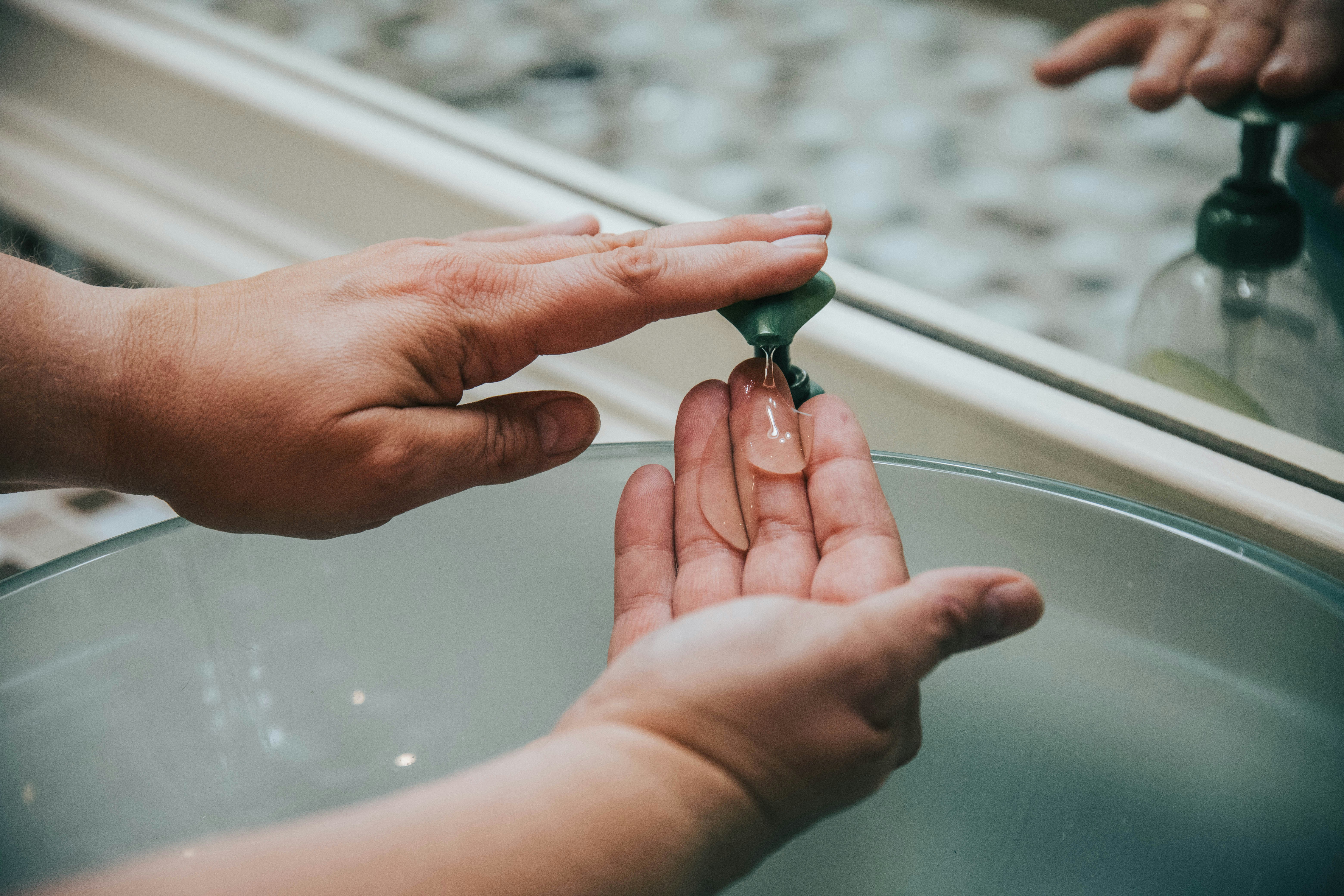

Contraception is any method used to prevent pregnancy. There are many options, each with their own benefits and side effects. Some are used before sex, some during, and some after.
Also called the “morning-after pill,” this can prevent pregnancy if taken within 3 to 5 days after unprotected sex. It’s not meant for regular use.
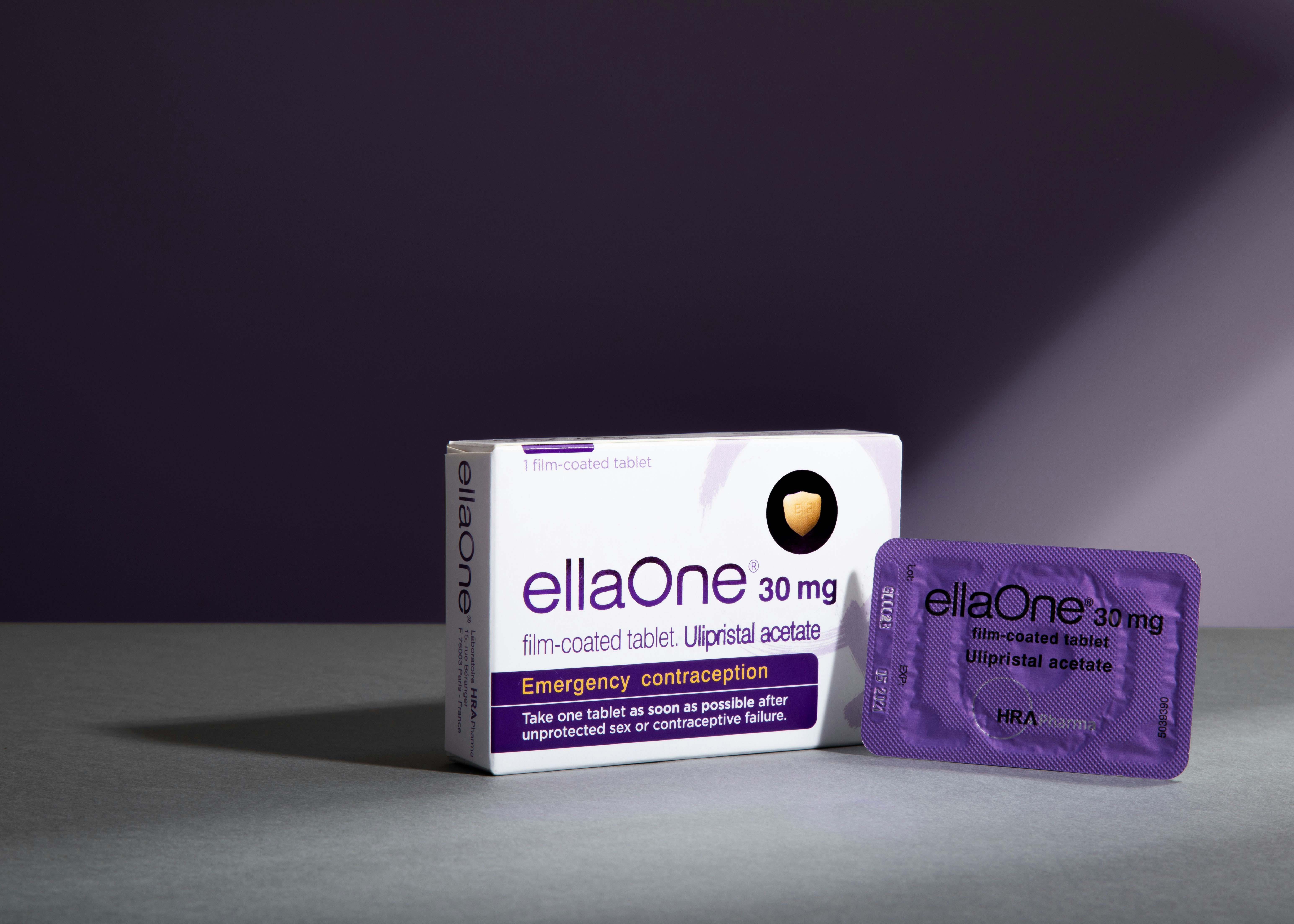
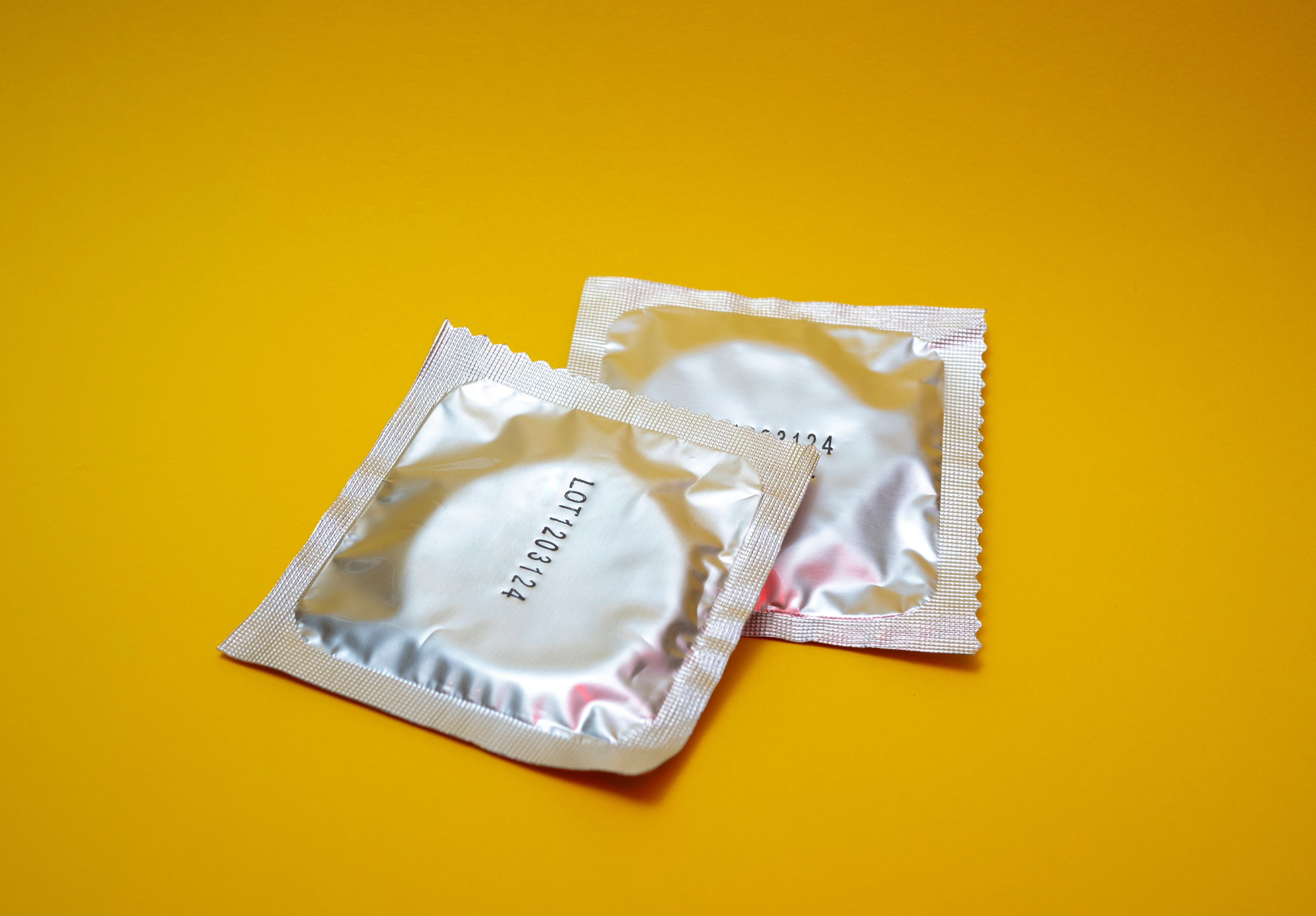
A thin latex or plastic cover worn on the penis. It prevents sperm from entering the vagina and also protects against STIs. Use a new one every time you have sex.
A soft pouch inserted into the vagina before sex. It lines the vagina and prevents sperm from reaching an egg. It also protects against STIs.
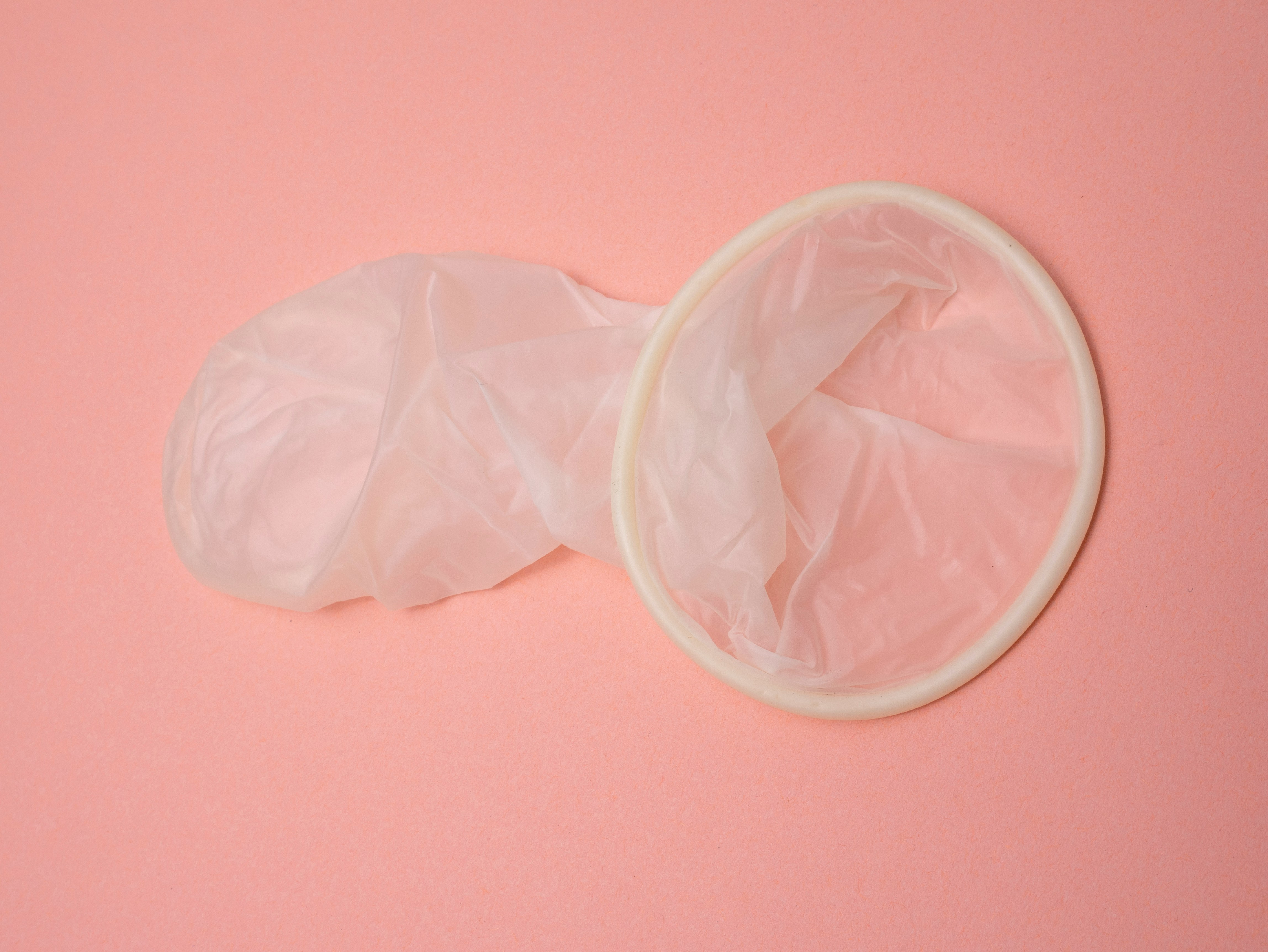
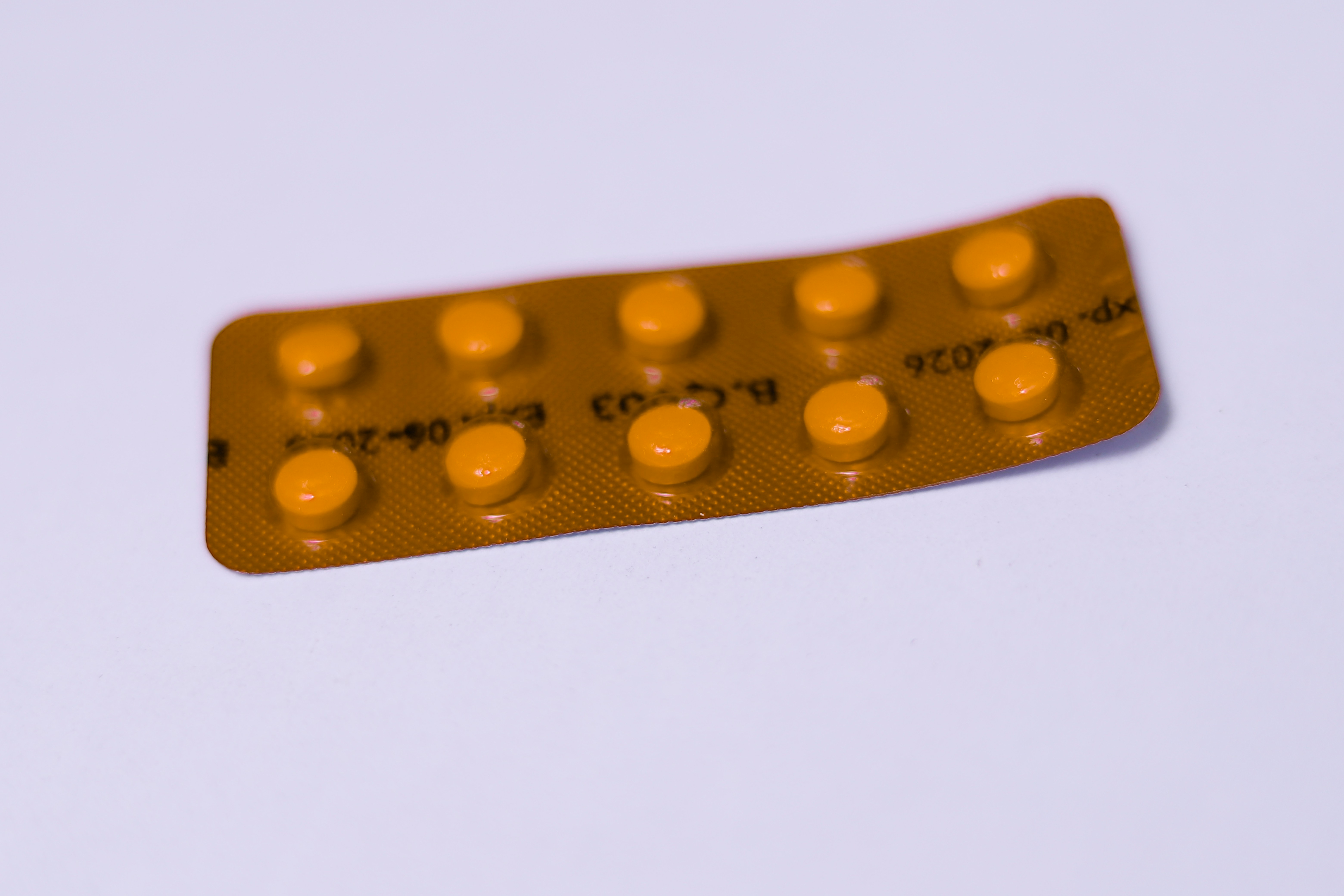
A daily tablet that contains hormones to stop ovulation. When taken correctly, it is over 99% effective at preventing pregnancy.
A hormone injection given every 2–3 months by a nurse or doctor. It prevents pregnancy by stopping ovulation and thickening cervical mucus.
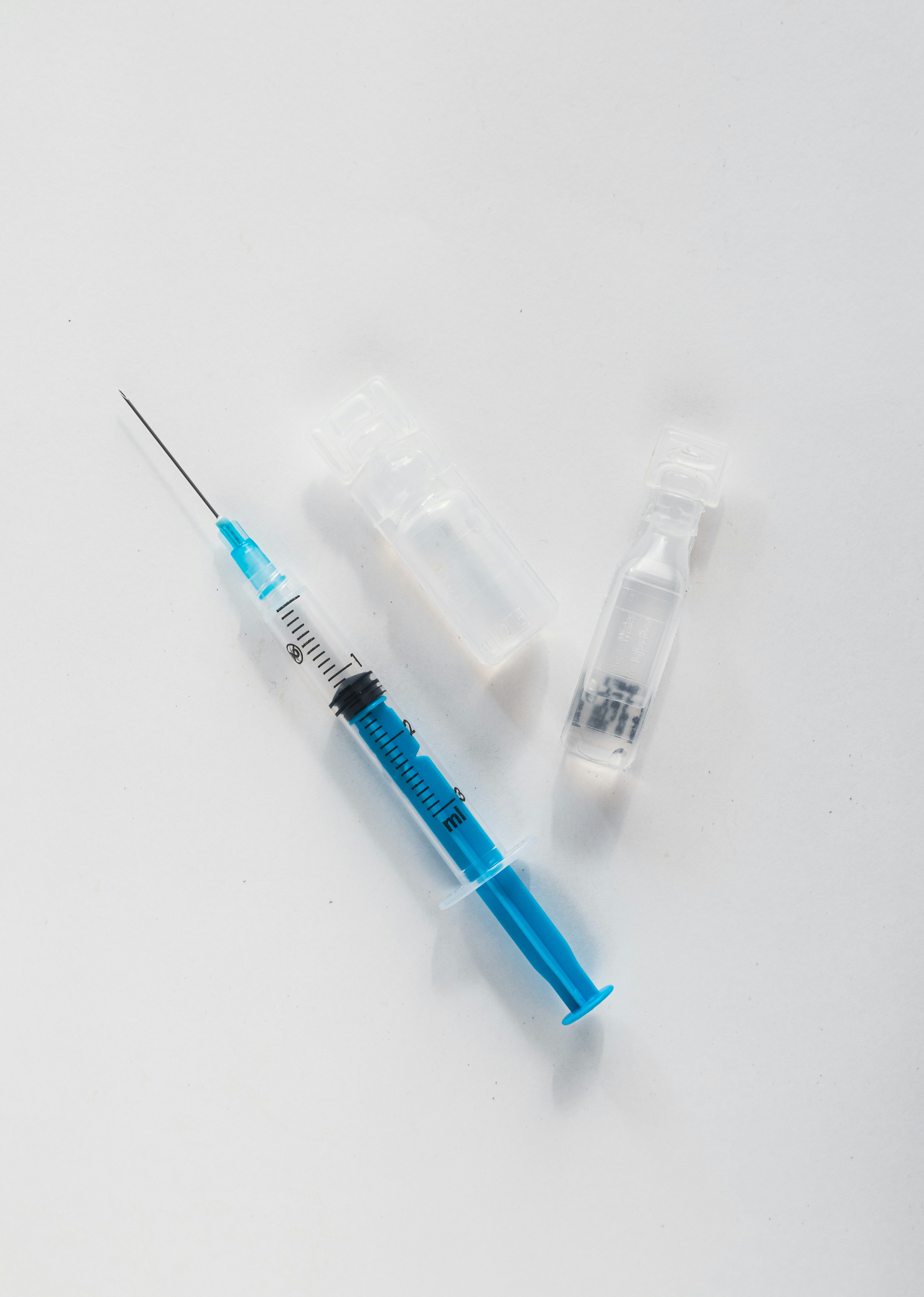

A small rod inserted under the skin of the upper arm. It releases hormones and can prevent pregnancy for up to 3 years.
A small T-shaped device placed inside the uterus. It prevents sperm from reaching the egg. It can last 5 to 10 years depending on the type.
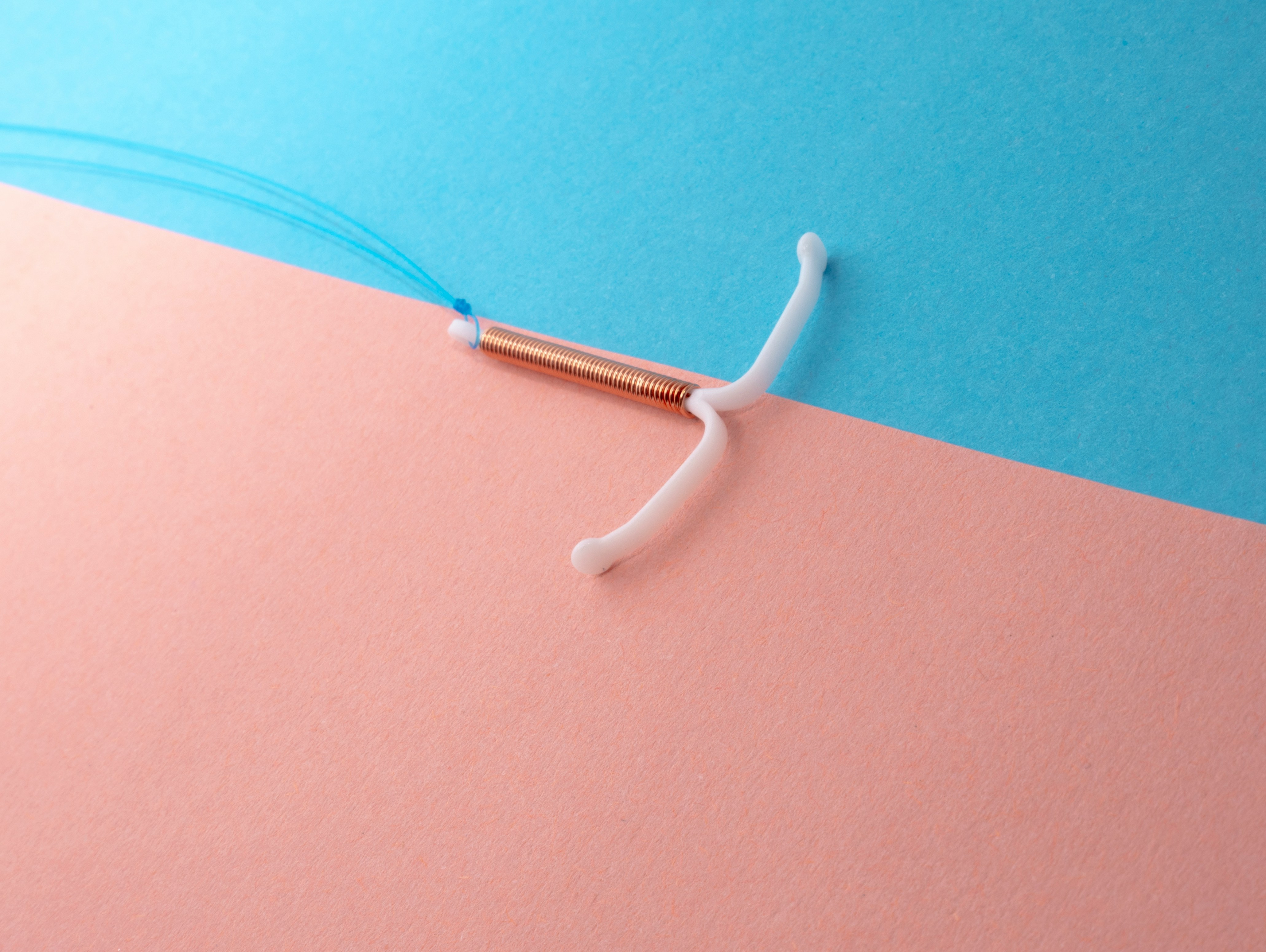

This method relies on pulling the penis out before ejaculation. It is not very reliable, as sperm can be present in pre-ejaculate and timing is difficult.
A permanent method of contraception for those who are sure they do not want children in the future. For men, this is a vasectomy; for women, it’s tubal ligation.
